Conversion Rate Optimization [9 Best Practices]Are you hoping to increase the amount of online leads or sales you generate? My 9 conversion rate optimization best practices can help. I'm an author who sells books and courses online. I've created many offers, on pages with different styles, elements, and layouts. And I've seen data on how hundreds of thousands of visitors have interacted with those offers. These tips reflect what's worked best. 1.) Highlight a specific benefitConversion rate mostly refers to the percentage of visitors who buy a product or fill out a lead form online. Whether you're promoting a paid product, or a free lead magnet, the first thing you should do is create a dedicated landing page for your item. To design landing pages, I recommend you use a tool that comes with a library of pre-designed, pre-optimized templates. Here are some recommended providers. Your page's headline is critical. It shouldn't simply state what your product is, or highlight a key feature. Instead, it should focus on a key benefit, ie, a way in which a person's life will improve if your offer were claimed. 3 examples of headlines about a feature vs. a benefit:
The versions on the right, focused on a benefit, would be better for conversion rate optimization (CRO). This is not to say that you should avoid discussing product features on landing pages. However, avoid this at the very top, ie, with the headline. Once you've hooked prospects emotionally with a great headline, they'll want to learn more about your offer before making a decision on it. As they scroll down the page, they'll make a shift from assessing it emotionally to cerebrally. Features, pricing, and delivery are key areas they'll want to learn about. Convey your information lower on the page. No need to get everything exact right away. Testing is an important part of conversion rate optimization. A/B test text, images, layouts, etc, and look for improvements on results. If something works, keep it. If not, try something else. 2.) Keep your offer clear and conciseThough landing page visitors will assess your offer cerebrally, they often do so quickly. Instead of analyzing every nuance of your page, they'll try to create a snapshot of what's most important to them, then make a decision off that. If your communication is even a bit confusing, or a bit long, you can interrupt this quick scan visitors do, which can cause many to leave, hurting your conversion rate. You want to get across the core information of your offer in a clear, concise way, toward the top of your page, just under the headline. Answer these two questions:
3.) Stack your offerYour conversion rate should increase if your offer promises to give more than it asks for. Look at how much more appealing the versions of this offer progressively become to a prospect:
4.) Structure your page around one CTAHypothetically, a landing page with 10 different call to action (CTA) links could sound like a good idea. 10 offers vs. 1 would mean 10x the chance a visitor notices an offer that's appealing. However, promoting multiple items comes with a consequence - your message will become diluted. For your marketing copy to cover 10 different items on a single page, only a few lines could be given to each, not enough to properly excite and educate prospects into converting. Or, you could go into depth on all 10, which could result in a page that's ridiculously long and turn visitors away. Instead, choose a single item and construct your page around driving conversions for it. Prospects won't need to spend time figuring out which offer to click. A single offer makes a decision simple. Plus, your page will have enough room to effectively excite and educate. 5.) Make your CTA buttons easily accessibleWhen visitors arrive on your landing page, a CTA button should automatically be visible above the fold, ie, no scrolling necessary to see it. This state should be the case on both the desktop and mobile versions of your website. When visitors do scroll down your page, to learn more about your product, this initial CTA button will disappear. You don't want your visitors to waste valuable seconds scrolling upward to find it once they've made a decision to get your offer. Instead, you want to be sure a button is either a very quick scroll away, or, even better, always visible:
6.) Give your offer a time limitOften, prospects come across your landing page from social media, email, or an ad. Various alternative pieces of content can be fighting for their attention, like someone else's Facebook post. To keep attention on your offer, you want to give them a reason to act on it now. Even if they like your product, and tell themselves they may "go back to it later, after some more scrolling on Facebook," other obstacles may get in the way and they'll never make it back. By the next day, your offer can be forgotten. An offer-expiration time can prevent this. It creates a sense of urgency. For example, a product that typically costs $75 can be offered for just $39, however, the deal expires in only 8 hours. The sooner the expiration is to now, the more effective. 7.) Surround your offer with credibilityBrands are constantly talking about how great they are. Many prospects tune out a lot of this messaging, assuming it's slanted. However, when a person, or organization, that is not part of a brand, signals how great a brand is, prospects tend to pay attention. These third parties can infuse your brand with credibility. If you're trying to convert a visitor who isn't yet familiar with your brand, like a lead magnet prospect at the awareness stage of your funnel, third-party credibility is crucial. It can up conversions at the bottom of the funnel too. 5 examples of third-party credibility signals you can add to a landing page:
8.) Include an FAQ sectionAs prospects weigh your offer, they'll begin forming a list of objections in their minds. For instance:
Possibly, you already have answers to many prospect objections. However, if those answers are not clearly displayed on your landing page, visitors may assume they've reached a dead end, leave the page, and never return. When you, or someone on your team, communicates with customers during sales interactions, what are objections you've heard? What are the most common? What answers have you provided that helped? Use that information to make an FAQ. Toward the bottom of your landing page, list out questions that refer to common objections. For each, give a brief answer that can help people realize they're not at a dead end. You may not be able to completely eliminate every objection, but you can give workarounds or justifications that reframe the decision for a prospect. For instance, if your product is expensive, you won't be able to convince people it isn't. However, you can enforce the idea that the product can earn a customer money over time, possibly much more than the cost. 9.) Make form completion simpleLet's say you've done a great job putting together an appealing offer and promoting it. You've convinced a prospect to get it. The last step in the conversion process is the submission of an online form, either a lead form or purchase one. You want to make this step as simple as possible so you don't lose your prospect at this critical moment. Some guidelines to keep in mind:
SamCart is a great tool for enhancing your checkout process for conversion rate. To learn more, have a look at my review. Conversion rate optimization - frequently asked questionsHow do you optimize content for conversions?
Where do I start conversion rate optimization?To get started with conversion rate optimization, create a landing page dedicated to your offer. Various tools, like Leadpages, have pre-designed templates that are already pre-optimized for conversions. Customize the template for a paid product or free lead magnet. What tools do you use for optimizing conversion?Use a landing page tool for a pre-optimized template, then customize it. Once you start sending traffic to your page, use a tool like Google Analytics to track visits, and a CRM like HubSpot to track conversions. Experiment with traffic sources and content and measure the effect on conversion rate. How do you monitor conversion rate?To monitor conversion rate, track the number visits to the landing page for your offer, then track the number of visitors who claim your offer, ex, fill out a lead form or make a purchase. The percentage of visitors who claim your offer is your conversion rate. This post contains affiliate links.
0 Comments
Leave a Reply. |
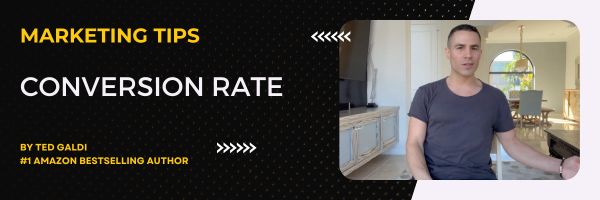

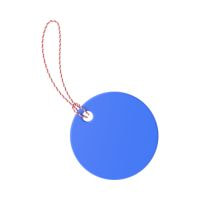
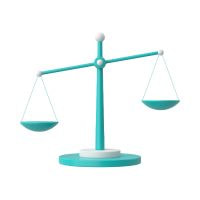

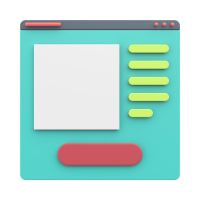
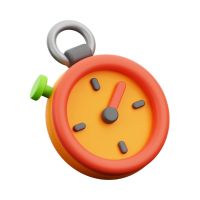
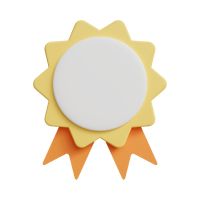


 RSS Feed
RSS Feed